Chat GPT:
Working Smarter With Super Smart AI
AI and natural language processing are disrupting business and digital marketing about as quickly as you can say ChatGPT (opens a new window). Which is something you’re likely hearing people say a lot these days. OpenAI’s latest release, GPT-4 (which launched in March), has been hailed by one economist as the “most disruptive change the U.S. economy has seen in 100 years.”
But what exactly is ChatGPT?
Created by the company OpenAI (opens a new window), ChatGPT is an AI driven chatbot that uses Natural Language Processing to answer questions asked by users. It accepts text and image inputs and produces text and images in response. It uses algorithms, large language models and internet access to analyze vast quantities of available data, so that it can generate human-sounding, detailed responses in near real time.
But it is far beyond your typical customer service chatbot - it can help you with product development, managing workflows, debugging code, preparing for a job interview, conducting market research, building a website from handwritten notes (opens a new window) - and even writing song lyrics.
In the simplest terms, ChatGPT is a chatbot that can answer questions asked by users via text or images, and respond in kind with human-sounding, detailed responses, all in near real time.
Does that raise more questions? Then let’s define some of the key terms.

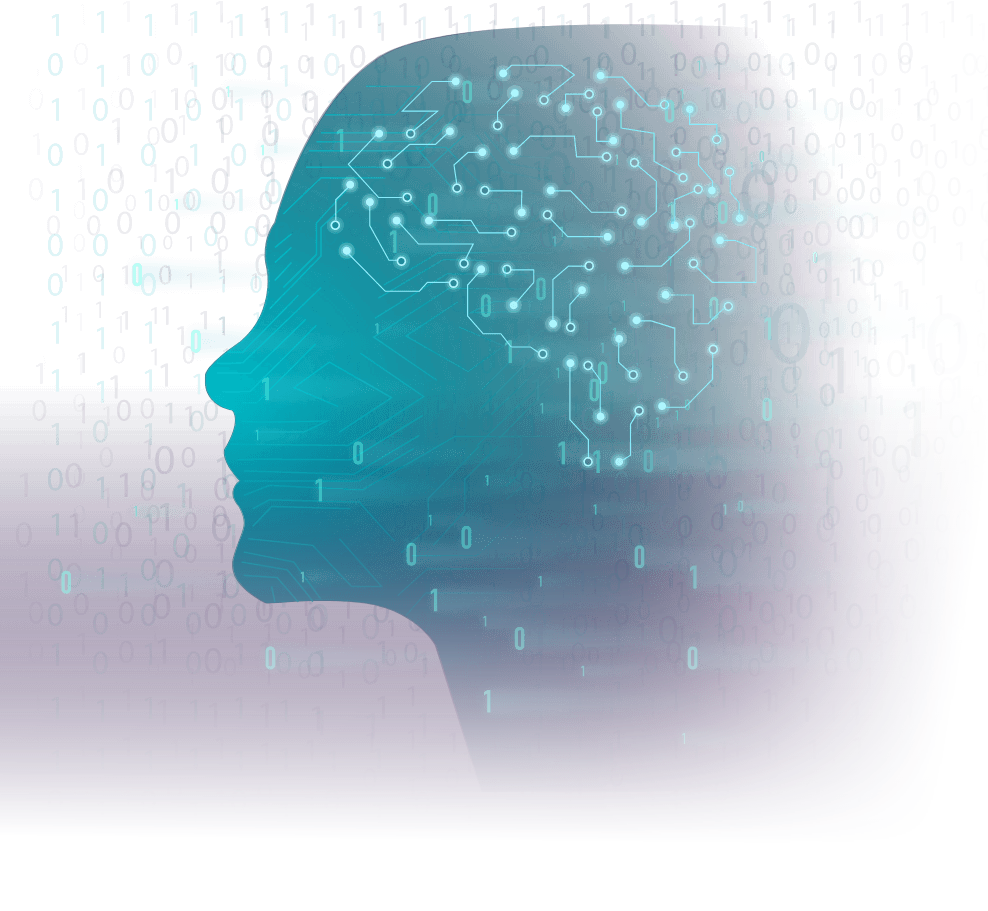
A Quick Break to Break Down The Lingo of Language Processing
If you do a deep dive into AI and language processing, the lingo gets pretty heavy, pretty quickly. So, without offering a masters degree in computer engineering, and without further ado, we’ll gloss a few terms you might encounter that we haven’t already defined.
AI (short for Artificial Intelligence) is an umbrella term describing processes that simulate human intelligence, human behaviour, and human communications. AI models use large data sets (collections of information) and algorithms (a set of rules followed by a computer system to solve problems) to create content or communication that feels human generated, rather than machine made. For years computers have turned the 1’s and 0’s that run their programs into words, pictures and icons that are more user friendly. Now they can go beyond pre-set programming to talk to us in new and inventive ways.
Generative AI is simply AI that can create various types of content, including text, images, audio, video and even 3D models.
Natural Language Processing (NLP) is the tech that lets a computer understand spoken and written human languages. Great examples of NLPs are translation engines and smart speakers like Alexa and Google Home. These programs help computers understand commands or requests without those re quests having to be typed, formatted, or translated into computer-language.
A Large Language Model (LLM) is a type of NLP that helps computers recognize, summarize, translate and generate text and other content to generate human-like responses. In the same way that we pick up different words from our parents, our friends and (sometimes disastrously) our older siblings, NLPs learn from a huge language set, giving them familiarity with, and flexibility in, vocabulary choice and usage that doesn’t come straight out of a dictionary. Communication that feels human.
Generative Pretrained Transformers (GPTs) are a family of LLMs developed by OpenAI. These LLMs are pre-trained on vast amounts of text data, which let them predict missing words or next words in a sequence. Kind of like how we learn to read for context when we don’t understand a word or fill in the blanks when someone leaves out a word or idea.


A Brief History of (Computers Knowing Almost) Everything
AI chatbots – and ChatGPT especially – have exploded onto the scene. Almost overnight they’ve become a part of business strategies, content creation, and the online discourse. But how did it all start?
OpenAI, a not-for-profit initiative, was founded in 2015 by a collective of leading Silicon Valley entrepreneurs and companies: Sam Altman (opens a new window), Greg Brockman (opens a new window), Reid Hoffman (opens a new window), Jessica Livingston (opens a new window), Peter Thiel (opens a new window), Elon Musk (opens a new window), Amazon Web Services (opens a new window), Infosys (opens a new window) and YC Research (opens a new window). Not long afterward, Microsoft joined the party by investing more than $12B in the project. OpenAI’s first version of ChatGPT, GPT-1, launched in 2018, and was made available to a select community of developers and testers. With use and training, ChatGPT’s abilities have grown by leaps and bounds, and the program’s introduction to the public (with GPT-3.5 in November 2022) attracted more than a million users (opens a new window). This massive adoption led to the release of GPT-4 in March 2023.
Why should you care? Because of the sheer speed of ChatGPT’s innovation and adoption - it’s the fastest-growing app of all time (opens a new window). In early November 2022, nobody had heard of ChatGPT. By January, everyone had. By February 2023 it was embedded in Microsoft Bing. By April, there were 40+ third party plugins available. Unlike some technical innovations in the past, ChatGPT has obvious applications, clear value, and game-changing potential - right now.
Major Players in the AI Game
Microsoft (opens a new window) has integrated GPT-4 into their Bing (opens a new window) search engine to help users search iteratively through a conversational interface. Think of it as effectively turning endless list scrolling into a chat with your most knowledgeable friend. Going forward, Microsoft plans to integrate this tech into Word, Powerpoint, Excel, and more programs in what they’re calling “Everyday AI (opens a new window)”.
Morgan Stanley (opens a new window) is using ChatGPT to organize wealth management data, helping brokers sift through thousands of pages of intellectual capital, commentary and market research in seconds.
Stripe (opens a new window) is currently testing ChatGPT as a means to combat fraud and increase conversion rates on their platform.
Duolingo (opens a new window) is incorporating GPT-4 into their language-learning app to explain mistakes and allow users to practice real-world conversations with people who speak multiple languages.
Slack (opens a new window) uses GPT for their virtual assistant (Einstein) who can answer questions, summarize threads and offer suggestions on how to move forward on projects.
Freshworks (opens a new window) is using GPT for coding automation, to make their programmers more efficient. ChatGPT can write code in C++, Python and Javascript, and can debug code it has created or code created by anyone else.

Let’s dive in and learn how you can harness ChatGPT for your marketing programs right now.
Your head is no doubt already swimming with ideas for how ChatGPT might make your day-to-day life easier. ChatGPT’s ability to quickly sift through huge amounts of data, and to identify patterns and trends and then generate insights make it an immensely powerful tool.
A few digital marketing tasks we suggest throwing at ChatGPT are:
- Brainstorming new campaign ideas
- Brainstorming new content ideas
- Product descriptions
- Keyword research for SEO
- Generating ad copy
- Drafting descriptions for videos
- Writing blogs (not this one)
- Content optimization
- Generating email subject lines
- Generating hashtags
You can probably think of even more. But hold those thoughts! As powerful as ChatGPT is, and as tempting as it might be to push the limits of what it can do, here’s a handy list of things you can’t trust it to do…yet.
ChatGPT cannot:
- Generate original ideas
- Take brand guidelines into consideration
- Double-check the accuracy of information
- Create great ideas or copy right off the bat
- Be strategic
It’s not a long list, we know. And it’s likely to shrink over time. But for now, why not get started with what ChatGPT CAN do for you.

Diving In: Adopting ChatGPT is As Easy As ABC
You can sign up for a basic free version (v3.5) here (opens a new window). And, if you’re on an iPhone, you can download the official iOS app (opens a new window) (no Android yet, though we assume it’s incoming). Or, for $20/month you can sign up for ChatGPT Plus (opens a new window), and get access to:
- GPT-4 functionality, with improved accuracy, images and videos processing and an increased token limit (up to 25,000 words, or more than 50 pages)
- Plug-in access
- Access to ChatGPT during peak times
- Faster response times
- Priority access to new features and improvements
OpenAI is gradually rolling out large-scale access for plugin developers, which means if you’re a company or developer using the v4 application, you can join a waiting list (opens a new window) for access to the latest versions API.
Expedia (opens a new window), KAYAK (opens a new window), OpenTable (opens a new window), Shopify (opens a new window), Slack (opens a new window) and Instacart (opens a new window) and more have all launched plug-ins, meaning that businesses and individual users can leverage more than 85 plugins to help with their ChatGPT queries and applications. You can view a (growing) list of them at this website (opens a new window) – go ahead and bookmark it, too. You’ll be glad you did.
Getting the Most Out of ChatGPT – Promptly
So, you’ve downloaded ChatGPT (v3.5 or v4), and you’re ready to roll. Thanks to its NLP, ChatGPT is intuitive. But, like any tool, it’s only as powerful as the craftsperson using it. The prompts ChatGPT receives will have an effect on its output. Garbage in, garbage out, as they say. Or, perhaps a more optimistic spin would be: well-crafted inquiry in, well sourced insight out?
Avoid the garbage and go right for the good stuff by incorporating these 12 parameters into your prompts:
- Objective: what are you looking to do? Entertain, inform, make money?
- Format: what do you need from ChatGPT? An essay, a story, bullet points, a joke?
- Scope: how wide a net do you want to cast? Is there anything ChatGPT should exclude or ignore?
- Audience: who is your target? Your CEO, your friend, avid sports fans in Toronto?
- Tone: what’s the vibe you’re going for? Legal, corporate, approachable, familiar?
- Keywords: are the words that should be focused on or ignored?
- Examples: any example of style or content can help hone your results
- Stats: what data – if any – are you looking for in the response?
- Terms: is there terminology or industry jargon that should be used (or not used)?
- Visual Elements: do you want charts, graphs, or images in your answer?
- Analogies: should ChatGPT provide examples of its own?
- Exclusions: are there sensitive topics you want to avoid?
For more heavy duty prompt inspiration, surf over to Great AI Prompts (opens a new window).
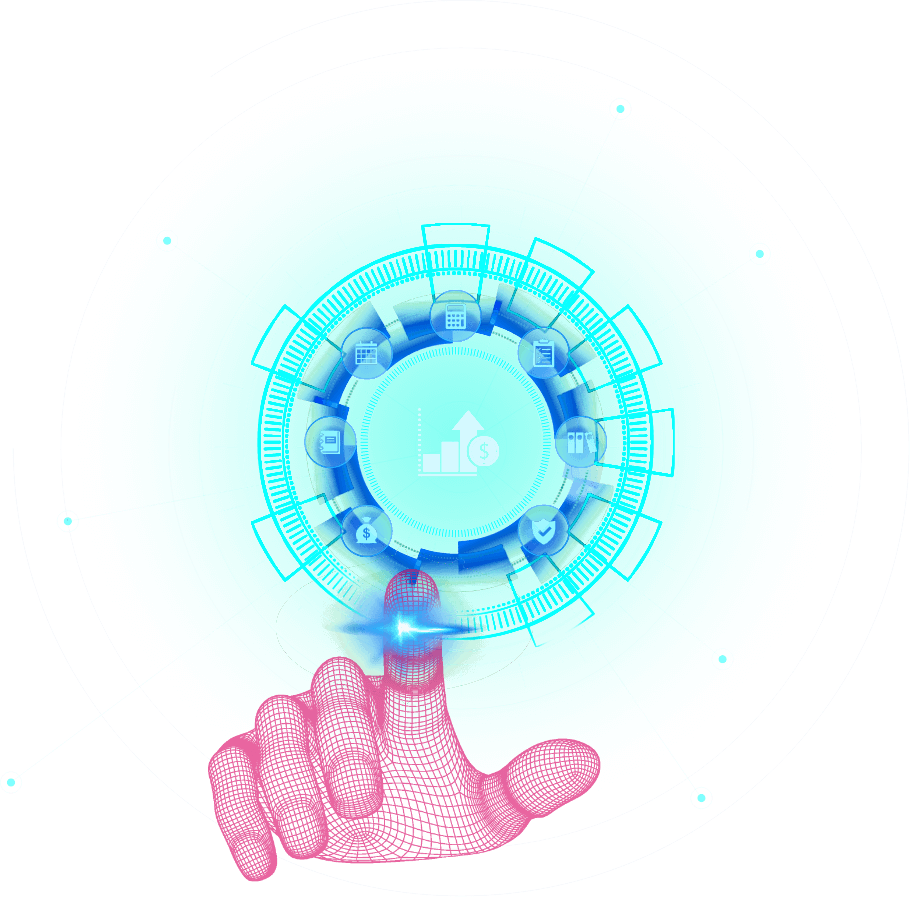

AI After Hours: Some Life Hacks Courtesy of ChatGPT
With something as cool as ChatGPT, you didn’t think you’d be limited to making your work life better, did you? Of course not! ChatGPT is a great off-hours assistant, too. We suggest trying things like:
- Having ChatGPT summarize long articles, podcasts and videos for you to figure out if they’re worth your time before you commit.
- Let ChatGPT help you learn to play the guitar, solve equations, or hone computer skills like removing a background in Photoshop.
- Ask ChatGPT to organize your life by making exercise and meal plans, or creating recipes based on what’s in the fridge.
For even more off-day inspiration, check out this great video: https://www.youtube.com/watch?v=-fopYsgFdzc (opens a new window)
A Smart Future, But Just How Smart?
Now that we know what ChatGPT is and how to use it, let’s get granular. What are ChatGPT’s strengths and weaknesses, and what’s ahead for the software, and us?
A Matter of Intelligence
How smart is ChatGPT, really? Is it as smart as a human? The easy answer would be: it depends on the human. But the real answer is in some areas yes, in others no.
A report (opens a new window) published by OpenAI shows the results obtained by ChatGPT on several professional and academic tests, where it turns out GPT-4 shows strong human-level competence in several areas.
But it is limited. It is not, actually, human.
ChatGPT lacks one of the most human of all traits: common sense. Without a complete, nuanced view of a topic, or a full understanding of context (something we flesh-and-blood people can generate instinctively), it can offer up some very literal (and funny) answers (opens a new window).
Furthermore, ChatGPT’s EQ (emotional intelligence) is non-existent. It doesn’t recognize or respond to emotional cues like sarcasm or irony.
ChatGPT also suffers from bias issues. Any biases or prejudices contained in the data ChatGPT trains on can come through in its generated responses. This can lead to results that are biased or discriminatory even when the querier is careful with their prompts.
And, perhaps the biggest watchout, for now, is ChatGPT’s capability to “hallucinate (opens a new window)”. At first this might seem very human. But what it means is that ChatGPT can make inferences that lead to generating responses that seem convincing but are factually wrong, in extreme cases going so far as to invent data and present it as valid or make up people to quote.
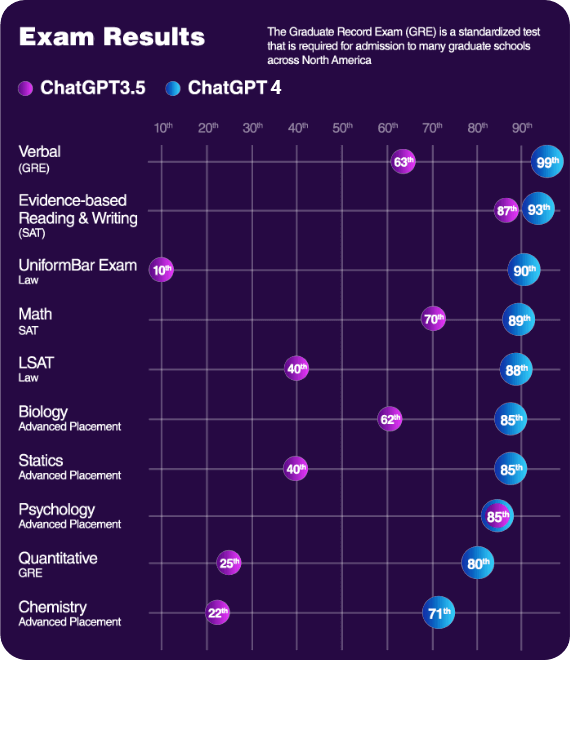
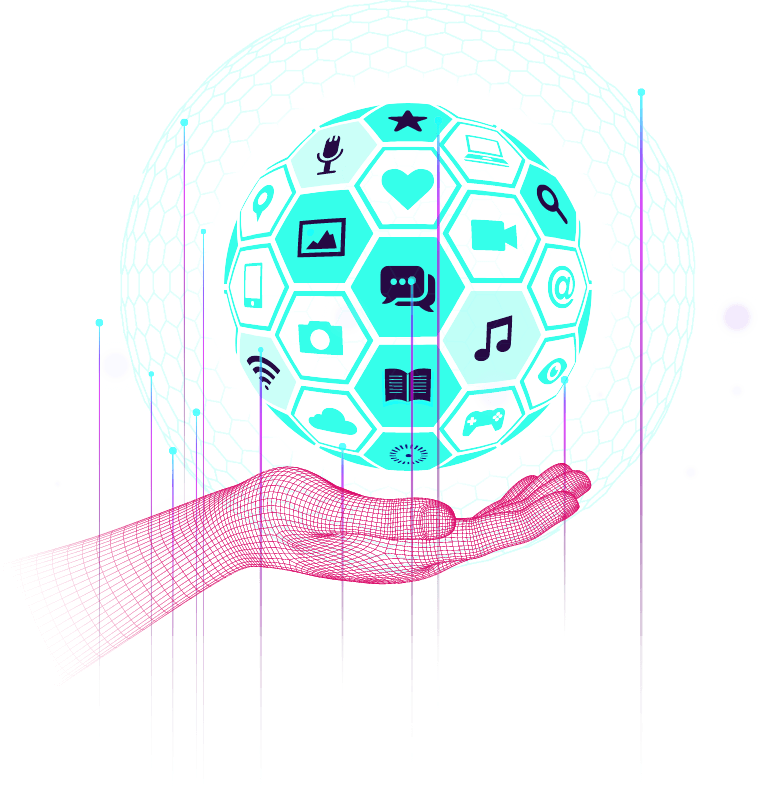
The Biggest of Big Questions: Will ChatGPT Replace Marketers?
Rest easy. ChatGPT won’t replace marketers anytime soon. Seasoned marketers bring experience, perspective and an understanding of brands and their target audiences that ChatGPT can’t yet replicate (see EQ, common sense, bias, and hallucinations). But don’t take our word for it, here’s what some marketing leaders think:
Mark de Grasse of DigitalMarketer: “You don’t have be afraid of the coming changes, but you do need to be open and aware of them. Start using AI right now, and really start to think about what makes you special as a person.”
Ann Gynn of Content Marketing Institute: “ChatGPT can be a useful tool, but it’s no replacement for human creativity and judgment.”
Karen Hite of Hite Digital: “I think that ChatGPT (currently at least) is as good as the person feeding the prompt to it. Which tells you the tool itself is not ready to make (on its own) an amazing copy right off the bat with just a question… I believe that true marketers will use this tool to make their lives easier AND add to it to make amazing copy that adds value.”
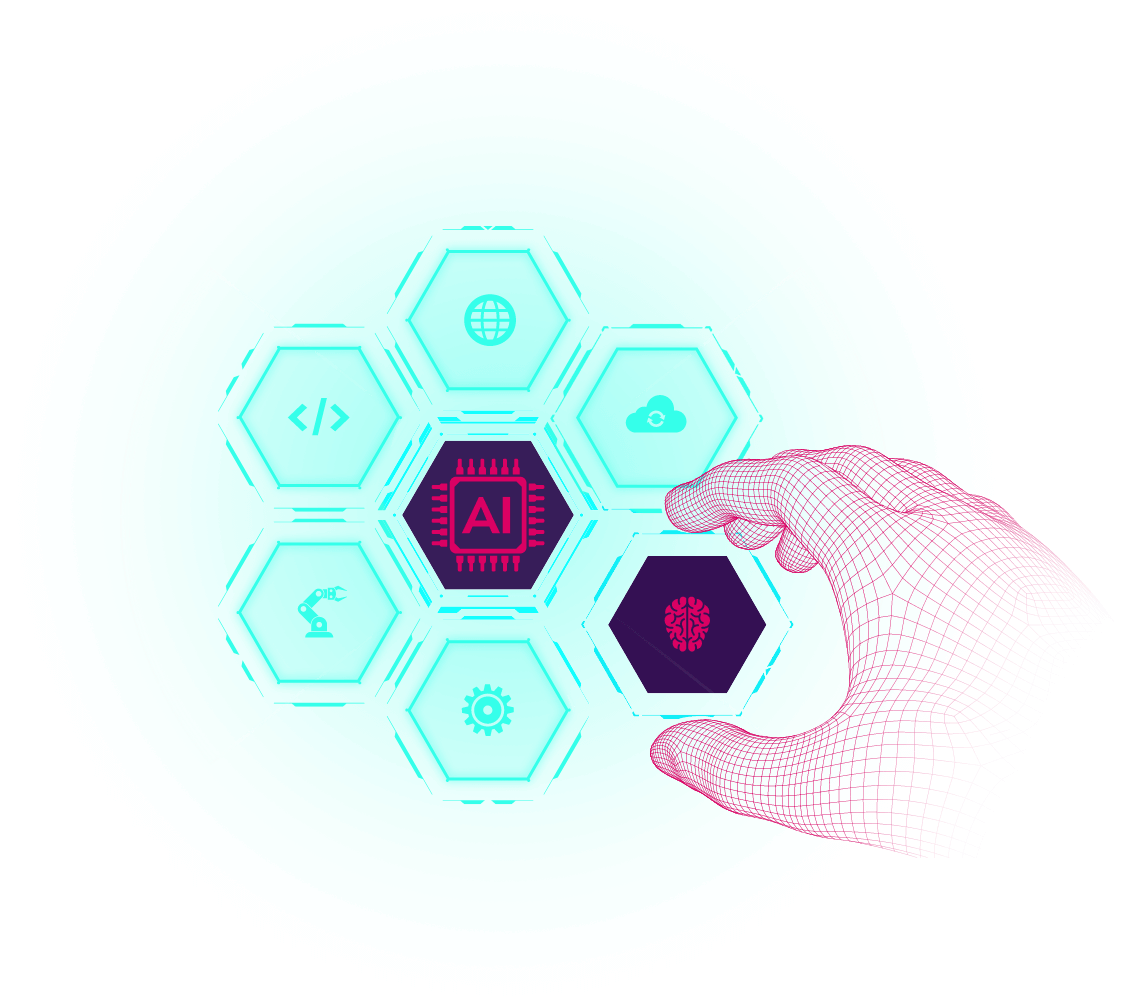
So, What’s Next?
As always, competition.
Google has issued an internal ‘code red (opens a new window)’, fast tracking the launch of a Beta version of its own AI platform called Bard (as in the incomparable William Shakespeare). Bard (opens a new window) will compete with OpenAI and Microsoft’s Bing search engine.
Google has also invested $300M in Anthropic (opens a new window), founded by former OpenAI employees. Anthropic has launched what they’re calling a “less harmful, more accurate” ChatGPT competitor, Claude (opens a new window) (Monet, anyone?), as well as a lighter, faster, less expensive version called Claude Instant.
Quora’s Poe (yes, going literary again, as in Edgar Allen) is being teased as a ‘chatbot for your chatbots (opens a new window)’ and You.com (opens a new window), founded by two former Salesforce employees is calling itself the “search engine you control,” which an AI-powered chat search functionality that works like the new Bing.
Chinese search engine Baidu has launched (opens a new window) a bot named Ernie (opens a new window) (Enhanced Representation through Knowledge Integration) to assure AI self-sufficiency for the country.
Unsurprisingly, Meta (the parent company to Facebook), is also looking to get into the AI game. Two weeks before ChatGPT-3.5 launched, Meta launched Galactica, a language model designed to solve hard problems for scientists and researchers. However, it underperformed (opens a new window) comically, and went offline after just three days. It may or may not resurface.
As of today, Apple has no competitor on the market, but does have 88 open AI-related jobs (opens a new window) available as of May. So stay tuned.

